Mild steel hollow sections are hollow structural materials made from low-carbon steel containing less than 0.25% carbon. They offer advantages such as lightweight construction (up to 30% weight reduction compared to solid steel), high strength, excellent weldability, and cost-efficiency. These properties make them widely used across multiple industries—particularly in construction (accounting for 40% of total usage), automotive manufacturing (18%), and mechanical engineering.
In 2023, the market size for mild steel hollow sections in China reached approximately RMB 120 billion, with an annual output of 15 million tons. The industry has maintained a strong compound annual growth rate (CAGR) of 9.5% over the past five years.
Mild steel hollow sections have become one of the most commonly used materials in construction, fabrication, and industrial design. These versatile steel profiles—available in square (SHS), rectangular (RHS), and circular (CHS) forms—offer excellent strength, durability, and adaptability for a wide range of applications.
A mild steel hollow section is a tubular product made from low-carbon steel, typically with a carbon content below 0.25%. Its structure can be square, rectangular, or circular, and it is manufactured to offer a high strength-to-weight ratio with clean edges and uniform wall thickness.
These hollow sections are easy to cut, weld, and shape, making them ideal for structural frameworks, support systems, and general engineering.
Types of Hollow Sections:
SHS (Square Hollow Section) – Equal width and height, used for columns and structural beams.
RHS (Rectangular Hollow Section) – Unequal width and height, perfect for longer spans.
CHS (Circular Hollow Section) – Round profile, often used for aesthetic or load-bearing cylindrical structures.
Mild steel is more affordable than stainless steel and easier to work with compared to high-carbon steels, which explains its widespread use.
Product Specifications of Mild Steel Hollow Section
Low-carbon steel hollow profiles refer to hollow structural materials made from steel with a carbon content of less than 0.25% through a special forming process. This type of material has shown excellent application value in multiple industrial fields due to its unique cross-sectional design and material properties. The low carbon content of low-carbon steel gives the material good plasticity and welding properties, while the hollow structure achieves lightweight while ensuring strength, making it an indispensable and important part of modern engineering structures. From the production process point of view, low-carbon steel hollow profiles are mainly divided into two categories: welded and seamless. Among them, welded profiles include different processes such as straight seam welding and spiral welding, which can meet the different requirements of material properties in various application scenarios.
From the perspective of product specifications, low-carbon steel hollow profiles have various shapes, including round, square, rectangular and other geometric shapes to meet different engineering needs. The diameters supplied on the market range from 10 mm to 600 mm, and the wall thickness ranges from 1.0 mm to 20 mm. This wide range of specification selection enables it to adapt to different application scenarios from small building components to large bridge structures. In terms of the standard system, China's low-carbon steel hollow profile production mainly follows national standards such as GB/T 6728 "Cold-bent hollow steel for structures" and GB/T 3094 "Cold-drawn special-shaped steel pipes". At the same time, in international trade, it is also necessary to comply with the requirements of international standards such as ASTM A500 (American standard) and EN10219 (European standard).
MS Hollow Section Common Sizes and Specifications
Mild steel hollow sections are available in various standard sizes, ranging from small structural profiles to large industrial-grade dimensions.
|
Type
|
Common Dimensions (mm)
|
Thickness (mm)
|
|
SHS
|
25x25, 50x50, 100x100
|
1.5–10
|
|
RHS
|
50x25, 100x50, 150x100
|
2–12.5
|
|
CHS
|
Ø 26.9, Ø 76.1, Ø 168.3
|
2–8
|
Standards:
EN 10210 (Hot-finished structural hollow sections)
IS 4923 (Cold-formed hollow sections in India)
ASTM A500 (U.S. standard for structural tubing)
You can download full size charts and specification sheets from most suppliers.
MS Hollow Section Applications Across Industries
From the analysis of application fields, the market demand for low-carbon steel hollow profiles mainly comes from the construction industry, automobile manufacturing industry and mechanical equipment industry. The construction industry is the largest application field, accounting for about 35% of the total demand, mainly used in steel structure frames, bridge construction, etc.; the automobile manufacturing industry accounts for about 20%, which is widely used in body structural parts and chassis systems; the mechanical equipment field accounts for 15%, which is used in the manufacture of various industrial equipment; the remaining 30% of demand is distributed in other industries such as oil pipelines and furniture manufacturing. With the advancement of technology, the application scope of low-carbon steel hollow profiles is still expanding, especially in the fields of new energy vehicles and green buildings, and its application prospects are very broad.






 English
English Español
Español بالعربية
بالعربية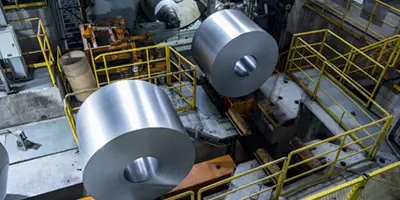

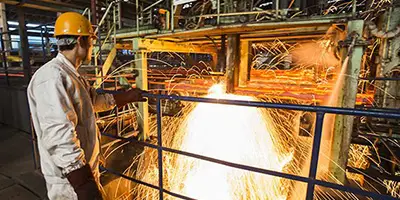
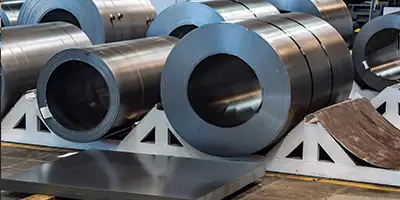

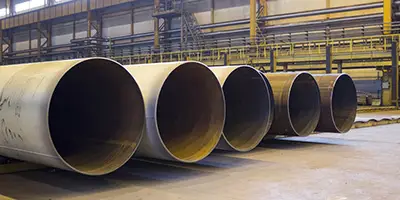
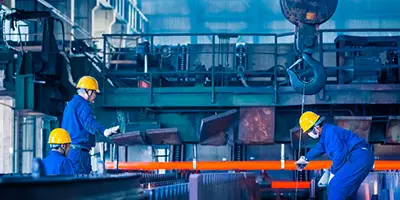
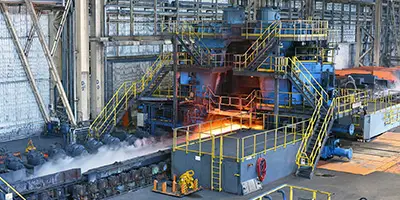
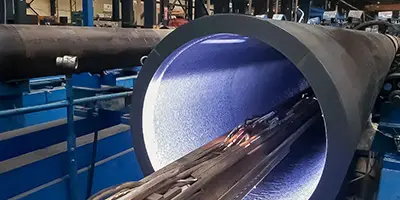
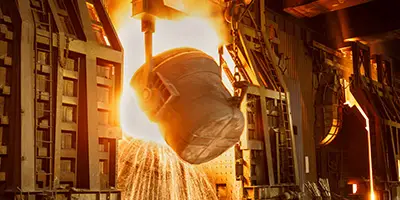
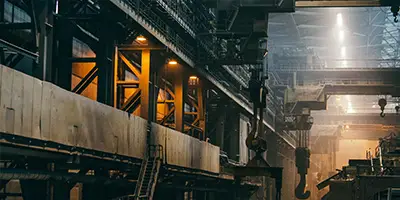
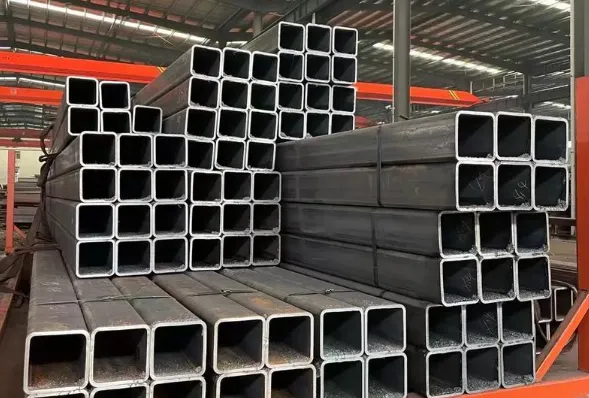
 Phone :
Phone :  Whatsapp :
Whatsapp :  Email :
Email : 


